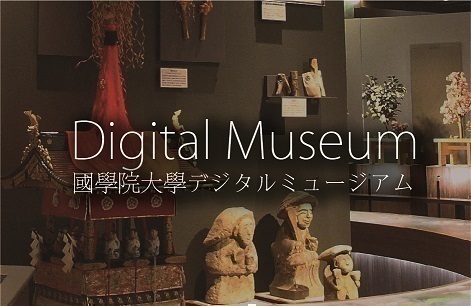- トップ
- Encyclopedia of Shinto
- Naobinomitama
Encyclopedia of Shinto
| Main Menu: | |
| Links: |
詳細表示 (Complete Article)
| カテゴリー1: | 9. Texts and Sources |
|---|---|
| カテゴリー2: | Other Basic Texts |
| Title | Naobinomitama |
| Text | (Motoori Norinaga) This is a book about the kodō (ancient Way) theory of kokugaku. It was written by Motoori Norinaga and consists of one volume. Finished in 1771, it was included in Kojikiden, vol. 1 published in 1790. This work compares the strengths and weaknesses of the Japanese and Chinese political systems by presenting a contrast between the Way of the Japanese kami and Way of the Chinese Mandate of Heaven and of the sages (seijin). On the title page, there is a note: "this book discusses the Way." Norinaga considered that the Way as found in Chinese works is comprised of the moral rules and systems created by the sages (seijin). This view is very close to the opinion of Ogyū Sorai. Furthermore, Norinaga argued that the the Japanese polity, which had maintained the order of sovereign and subjects since the "Age of the Kami" (jindai), was superior to the Chinese polity which had be subject to repeated revolutions and chaos. This is a feature of Norinaga's thinking that is also prevalent in Juka Shinto. What is distinct about Norinaga's assertion is that it departs from a discussion of polity and develops into a deepening criticism of the Chinese concepts and the idea of Heaven (Jap. Ten) itself. Norinaga claims that Chinese doctrine which asserts that Heaven's Mandate (tenmei) supports the virtuous (zen, seijin) at all times existed simply to secure the moral legitimacy of the sages and was inconsistent with reality and denounced it as "counterfeit wisdom." He also criticized the idea of Heaven itself claiming that it was false. He further noted that in Japan people are aware of the actions of the Magatsuhinokami and accept things as they are, not attempting to force a moral legitimacy over every given situation. In this way, things have come under a peaceful role. Norinaga argues that this is because the Japanese Way is the natural "way of things" which has, since the age of the kami, not been altered by the addition of "counterfeit wisdom." The first version of the book was finished in 1767. There were a great number of reactions to it. In 1780, after reading the second version, a Confucian scholar from Owari, Ichikawa Tazumaro sent his critique, Maganohire, to Norinaga through Norinaga's disciple Tanaka Michimaro. Norinaga wrote Kuzubana as a response. It is included in the end of Kojikiden, vol. 1. But, right after its publication, there was a request to publish it separately as the essence of Norinaga's kodō theory. After Motoori's death, his disciple Takemura Shigeo from Izu succeed in responding to this request in 1825. It is included in Motoori Norinaga zenshū (The Complete Works of Motoori Norinaga), vol. 9 (1968, Chikuma Shobō), and in Nihon no Shisō (Japanese Thought) vol. 15, Motoori Norinaga shū (The Motoori Norinaga Volume) (1969, Chikuma Shobō). — Mori Mizue |




